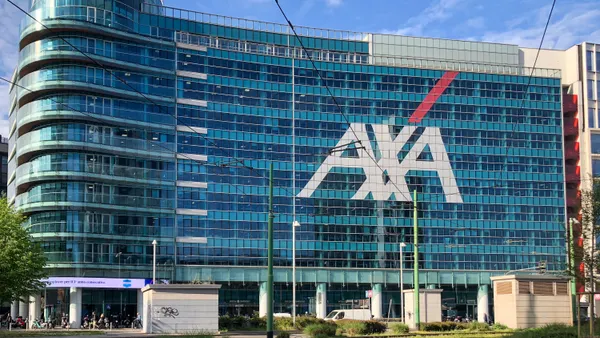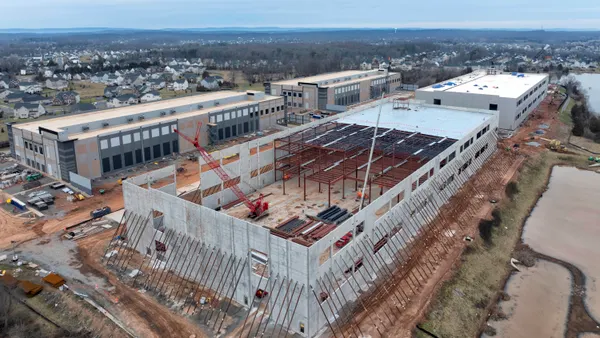Dive Brief:
- Four in 5 executives say modernizing legacy apps and data stand in the way of potential AI benefits, according to a Rackspace Technology survey published Tuesday. The company surveyed 1,420 IT leaders.
- Limited resources, a lack of change culture and integration challenges constitute the top three obstacles to modernization, according to survey respondents. Other issues include the lack of a clear roadmap and communication gaps between stakeholders.
- While companies cite costs and security as two major obstacles toward modernizing apps and data, they also find lower costs and greater security as two key benefits of modernization, "indicating that many organizations are stuck in a Catch-22," said Jeff DeVerter, chief technology evangelist at Rackspace Technology, in a release.
Dive Insight:
Vendors have spent months baking generative AI into every piece of the enterprise tool kit. But the basic underpinnings of enterprise tech still need some work to maximize the effectiveness of these solutions.
The CRM category, easily among the most business-critical applications to the enterprise, has been the subject of a vendor race to include generative AI features. Microsoft and Salesforce, two major providers in the space, both announced the addition of generative AI capabilities in their products.
ERPs, CRMs and HR platforms were listed by survey respondents as the top apps in need of upgrades, according to Rackspace.
Most employees are detecting the slower pace of AI adoption in the workplace, according to an EY report. Part of the delay in implementation stems from out-of-date computing infrastructure powering these critical tools.
"If you are running an old school data center without a high degree of virtualization or cloud-like models, it's just slower and more expensive for you to adopt more emerging technologies, like next-gen AI, or digital twin," said Matt Barrington, EY Americas emerging technology leader, previously told CIO Dive.
But another key factor in the slow rate of modernization stems from leadership, and how oversight of major IT projects is structured.
Modernization falls mostly on IT departments or members of the executive team, according to Rackspace. Just one-quarter of respondents say their companies rely on a cross-functional team to carry out projects.















